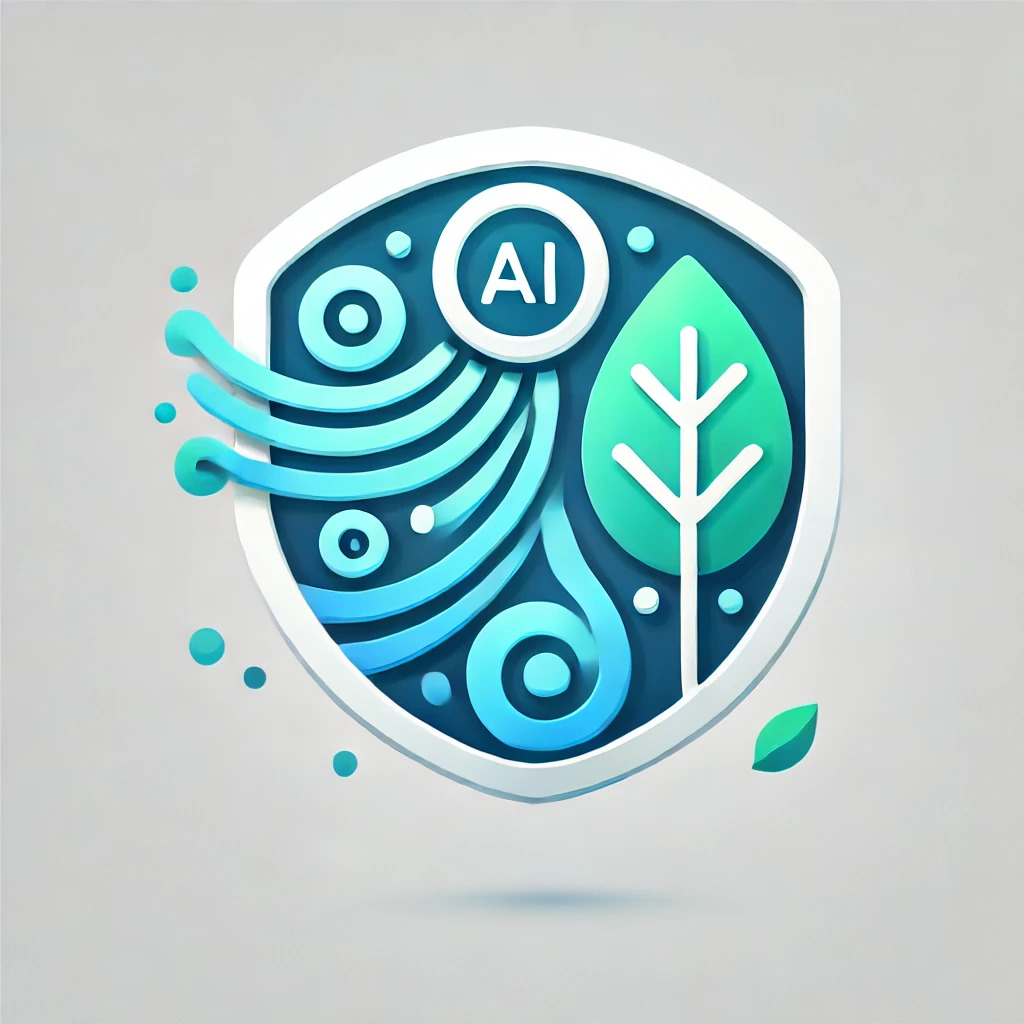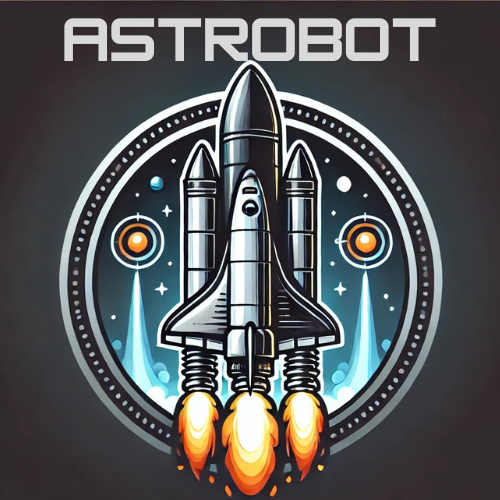Background
We humans are part of the broad, interconnected system that contains the planet’s atmosphere, oceans, freshwater, land, and all life on Earth. For more than 50 years, NASA’s fleet of Earth observing missions has allowed us to study our interconnected planet as one system of systems. Satellites and sensors provide information on Earth’s air, land, and water, and importantly, allow us to understand how changes in our planet manifest and create feedback loops amongst different Earth systems. Understanding the connections among these systems, and the role of human activities and decision-making, can help to mitigate the impacts we face as our planet changes.
Resources such as the Earth Information Center (EIC) serve as a gateway to Earth observation and highlight how Earth data is used to improve lives and livelihoods. For example, EIC’s physical exhibits and online platform (earth.gov) feature awe-inspiring data visualizations, near real-time information, and curated stories that highlight the applications of Earth observations within nine thematic areas: agriculture, biodiversity, disasters, greenhouse gases, health and air quality, sea level rise, sustainable energy, water resources, and wildfires. Interactive exhibits and immersive storytelling blend science and art to communicate information about environmental challenges stemming from unprecedented planetary change, further reinforcing the need to understand Earth as a connected system.
The EIC effectively communicates information about our interconnected Earth systems to the public via physical exhibits and an online platform, but new ideas on how to communicate this important message are always welcome!
Objectives
Your challenge is to devise an audio-visual interactive product that incorporates imagery and data from NASA’s fleet of Earth observing satellites to highlight and explore the interconnections between Earth’s systems, and demonstrate how changes in one system can alter another system.
Calling all visionaries, tech wizards, and storytellers to imagine our connected Earth! Can you merge education with technology and storytelling to create a compelling experience that enables the public to explore how different Earth systems interact? Think about the many ways to educate the public on the dynamic, interconnected nature of Earth systems. Can you develop an interactive tool, experience, or media product that is not only educational, but also deeply engaging and visually captivating? There are so many formats to consider that could encourage proactive engagement with environmental issues through immersive learning! Will your product include interactive web applications, animations, static graphics, fully produced videos, a web-based immersive experience, or even musical applications?
Don’t forget to depict how some (or all) of the following focus areas interact under the influence of climate change: air quality, biodiversity, natural disasters, agriculture, water resources, sea levels, renewable energy, wildfires, and greenhouse gasses. Changes in Earth’s climate can ripple through several of these areas (e.g., the relationship among drought, wildfires, and air pollution from smoke). Think about how your tool could provide clear, interactive pathways to visualize how changes in one system affect others.
Through innovative use of NASA's satellite data, your tool could help foster a deeper public connection with Earth's systems. It could even provide actionable insights on climate change mitigation that could enable informed decisions for a sustainable future!
Potential Considerations
You may (but are not required to) consider the following:
To consider your audience, you may want to:
To enhance Storytelling & Visualization, your tool could:
To promote Interactivity & Immersion, you could consider:
Other Engagement Techniques could include:
Sound & Annotation considerations:
To help ensure Focus & Clarity, consider the following:
Will your tool involve Web Visualizations? Don’t forget to:
If your solution employs a Touchscreen Kiosk, don’t forget to:
If your solution employs an Immersive Room, consider the following:
Planning to design a Hyperwall System? Don’t forget to:
For data and resources related to this challenge, refer to the Resources tab at the top of the page. More resources may be added before the hackathon begins.

Tabuk
Sep 08, 2024
Imagine our Connected Earth
Imagine our Connected Earth
يستهدف المشروع المبتدئين في مجال الشبكات والفضاء حيث يقوم بمحاكاة اتصال بين محطتين أرضيتين عبر قمر صناعي وهمي باستخدام Packet Tracer ويتم توصيل جهازين PC بجهاز Router وتعيين عناوين IP خاصة لكل جهاز ويتم التحقق من الاتصال عبر أمر Ping مما يساعد المستخدمين على فهم أساسيات الشبكات وتكوين IP ويتمتع المشروع بسهولته وفاعليته في توضيح كيفية إعداد شبكة صغيرة مما يجعله مثاليًا للتعلم والتطبيق العملي
Our team needs 1 membersRequest to Join the Team |

Makkah
Sep 08, 2024
Imagine our Connected Earth
Imagine our Connected Earth
"الجمهور المستهدف: وكالة البيئة - وزاره البيئة والمياه والزراعة السعودية، أصحاب المحميات، المركز الوطني السعودي للامتثال البيئي (NCEC), وزارة الصحة السعودية (MOH), وزارة الشؤون البلدية والقروية والإسكان السعودية (MOMRAH), المركز الوطني للأرصاد الجوية (NCM), صندوق الاستثمارات العامة السعودي وهيئة تطوير نيوم , أرامكو السعودية (قطاع الطاقة) ووزارة الطاقة, الهيئة العامة للأرصاد وحماية البيئة (GAMEP). الميزات: انشاء تحليلات وتوقعات مستقبلية عن حالة المناخ وتأثيره على الحياة البرية والنباتية وصحة الانسان عبر استخدام الذكاء الاصطناعي، تخصيص خانة لقياس جودة الهواء الحالي في الجو مع مقارنته بالمعدل الطبيعي المناسب وانشاء حلول لتخفيف التأثير. شرح للكيفية : جمع البيانات تحليل البيانات باستخدام الذكاء الاصطناعي تخصيص خانة لقياس جودة الهواء تقديم التوقعات المستقبلية إنشاء حلول لتخفيف التأثير"

Bisha
Sep 08, 2024
Imagine our Connected Earth
Imagine our Connected Earth
"الجمهور المستهدف : رواد الفضاء الشرح : تطبيق يساعد في التعاون والتنسيق بين رواد الفضاء داخل المركبات الفضائية أو المستعمرات الفضائية على الكواكب، مع ميزات للتواصل الفوري، إدارة المهام، وتسجيل البيانات العلمية."
Our team needs 4 membersRequest to Join the Team |

Taif
Sep 08, 2024
Imagine our Connected Earth
Imagine our Connected Earth
"AstroBOT AI هو نظام صيانة ذكي يعتمد على الذكاء الاصطناعي لتحليل البيانات الحية، توقع الأعطال، وتقديم توصيات صيانة تنبؤية ووقائية للأقمار الصناعية. يتضمن واجهة تفاعلية باستخدام الواقع المعزز (AR) ومساعد محادثة ذكي (Chatbot) للتفاعل مع المستخدمين، مما يعزز إدارة الأقمار ويطيل عمرها التشغيلي. الجمهور المستهدف: وكالات الفضاء (NASA، ESA). شركات الأقمار الصناعية (SpaceX، OneWeb). مشغلو المحطات الفضائية والمركبات الفضائية. الجامعات ومراكز الأبحاث الفضائية. ميزات فريدة: التنبؤ التلقائي بالأعطال. تكامل مع الواقع المعزز (AR) لعرض إرشادات الصيانة بصريًا. مساعد محادثة ذكي لإصدار الأوامر وتقديم التوصيات. استدامة عالية وزيادة عمر الأقمار. آلية العمل: النظام يجمع البيانات، يحللها باستخدام خوارزميات التعلم العميق، ويعرض النتائج في واجهة تفاعلية. عند اكتشاف خلل، يرسل إشعارات ويعرض تعليمات مرئية ثلاثية الأبعاد. يمكن للمستخدمين التحدث إلى المساعد الذكي للاستفسار أو إصدار الأوامر. "
Our team needs 3 membersRequest to Join the Team |